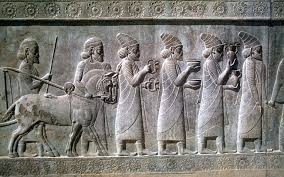Origins of the Legend
The legend of the Loch Ness Monster, often affectionately called "Nessie," has fascinated people for centuries. It is said to inhabit Loch Ness, a large and deep freshwater lake in Scotland. Stories of a mysterious creature in the lake date back to ancient times, with local folklore describing a serpent-like being in the waters. The legend gained widespread attention in the 20th century, especially after photographs and alleged sightings sparked global curiosity.
Historical Sightings and Reports
Reports of Nessie have varied over the years. Some witnesses describe seeing a large, long-necked creature emerging from the water, while others claim to have spotted ripples or unusual shapes beneath the surface. Notable historical accounts include early medieval writings and more recent 20th-century sightings that made international headlines. While some of these reports were later debunked, others remain unexplained, adding to the mystery.
Possible Explanations
Experts have proposed several explanations for the Loch Ness Monster sightings. Some suggest misidentifications of natural phenomena, such as waves, floating logs, or swimming animals. Others speculate about prehistoric creatures, like plesiosaurs, surviving in the lake’s depths. Modern investigations using sonar and underwater cameras have yet to provide definitive evidence, leaving the mystery unresolved.
The Enduring Appeal
Despite the lack of concrete proof, the Loch Ness Monster continues to capture imaginations worldwide. Nessie has become a cultural icon, inspiring books, films, and tourism. Whether fact or fiction, the legend encourages curiosity, exploration, and the thrill of encountering the unknown.







